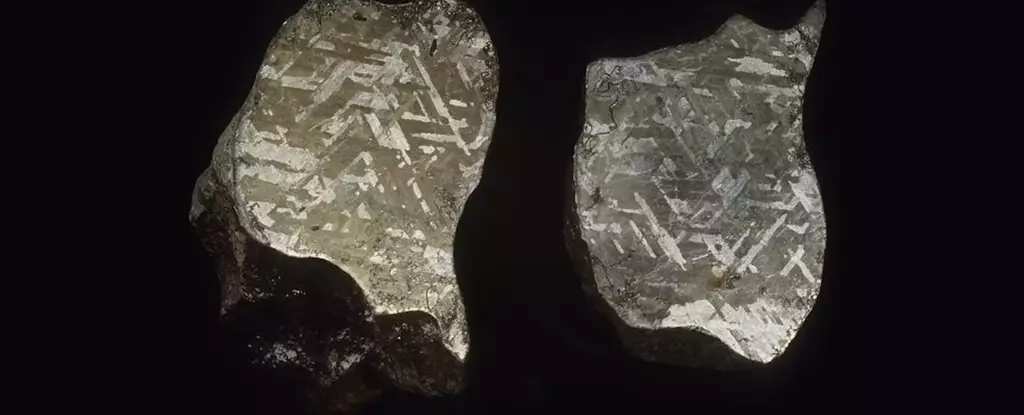The formation and evolution of Earth and the rest of the planets in our Solar System have been long-standing questions for planetary scientists. One of the most effective ways to gain insight into this process is by studying rocks from space. However, obtaining these extraterrestrial rocks is a challenging task. While sending spacecraft to asteroids or other planets to collect samples is possible, it is a complex and costly endeavor. An alternative approach is to examine meteorites that have fallen to Earth, but these are relatively rare and often damaged by their journey through the atmosphere and impact with the ground.
In a recent study conducted by a group of researchers, including myself, we analyzed fragments of glass discovered around a 5,000-year-old meteorite impact site in the Northern Territory. These glass samples contained a significant amount of metal from the meteorite, providing evidence that the craters at the site were formed by an extraterrestrial object. Glass, typically associated with human-made products like windowpanes and kitchenware, also occurs naturally. Most natural glass, like obsidian, is produced in volcanic eruptions, but smaller amounts are generated by lightning strikes and asteroid impacts.
The glass fragments from the Henbury crater field in the Northern Territory were found to contain high levels of iron, nickel, cobalt, chromium, iridium, and other rare elements from the platinum group. The presence of these elements in the glass suggests a cosmic origin, as they are uncommon in terrestrial rocks. The forensic analysis of the glass samples revealed that they contained approximately 10 percent melted meteorite material, a substantial proportion compared to other impact sites like Chicxulub.
The unique composition of the glass from the Henbury crater field sets it apart from similar glass samples found at other Australian craters, such as Kamil in Egypt and Wabar in Saudi Arabia. These findings indicate that meteorite-rich glass is a common feature of impact craters, regardless of their size. The detection of meteoritic residue in natural glass serves as strong evidence of an asteroid impact, distinguishing it from other crater-like formations on Earth’s surface.
The discovery of meteorite residue in glass not only sheds light on the cosmic origins of impact craters but also provides valuable insights into the composition of extraterrestrial objects. As space agencies like NASA continue to plan missions to retrieve samples from Mars, asteroids, and the Moon, the analysis of natural glass on Earth remains a crucial method for confirming the impact origin of mysterious geological features. By studying these bush glasses, scientists can uncover clues about our cosmic heritage and the processes that have shaped our planet and the Solar System.


Leave a Reply